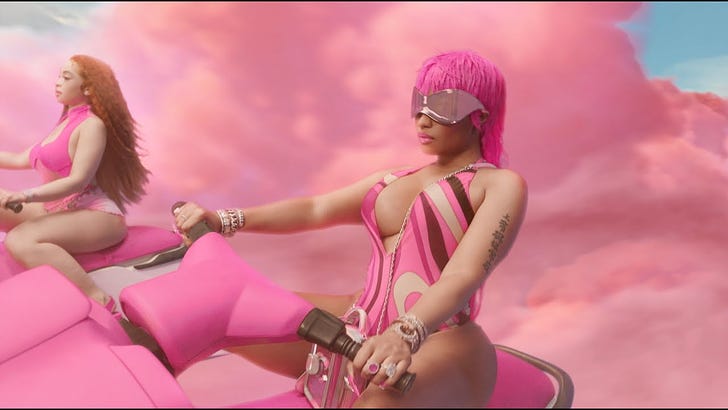It had been years since I listened to top 40 radio, which is odd, since it is the format I grew up with, and for decades was a good way to keep up with the hits. We all knew that "top 40" was an exaggeration, that you would be more likely to hear the same 10 or 15 records on a station at any given time.
Now, even that seems generous and quaint. I've spent much or the last week listening to one of the country's leading Top 40 stations, New York's Z-100/100.3 FM, official call letters WHTZ, one of the flagship stations of the dominant iHeart Radio chain. Whenever I step in the car, I am almost certain to hear four or five of these songs:
Keep reading with a 7-day free trial
Subscribe to Critical Conditions by Wayne Robins to keep reading this post and get 7 days of free access to the full post archives.



